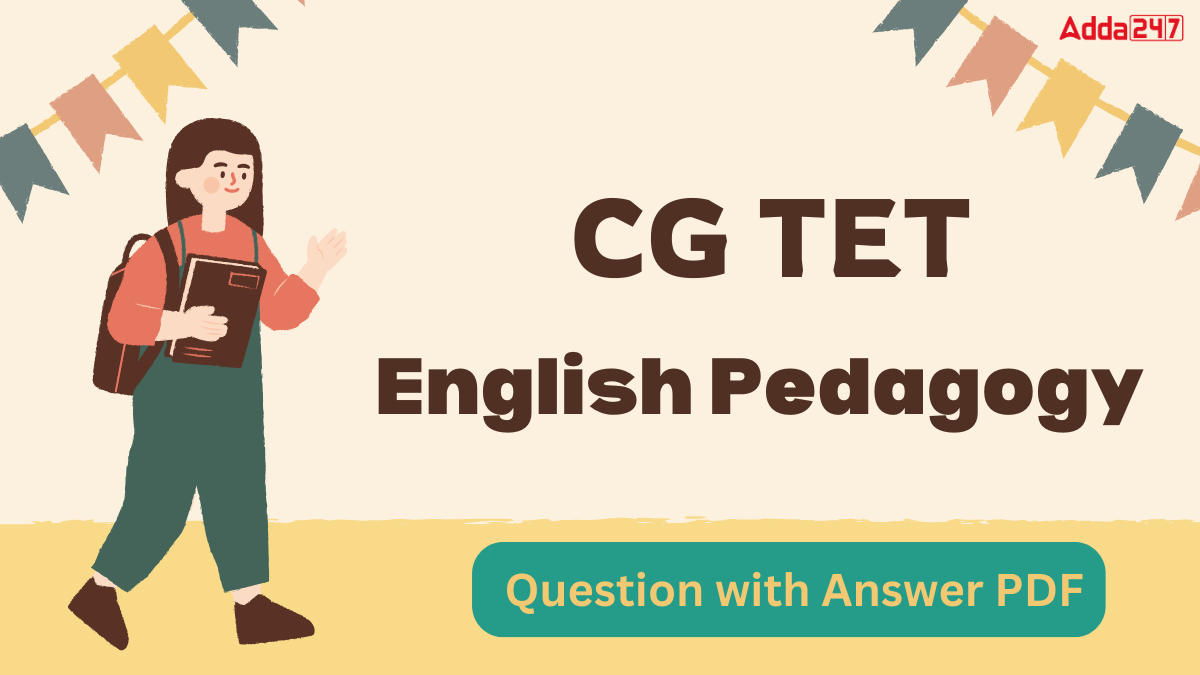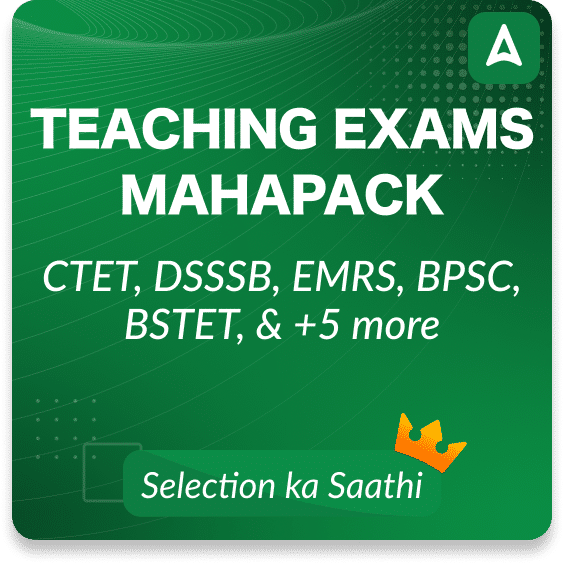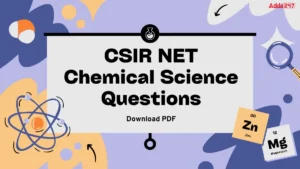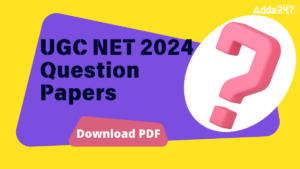Table of Contents
The CG TET English Pedagogy section assesses your proficiency in teaching English through 30 multiple-choice questions, each carrying one mark, within the 2.5-hour duration of either Paper 1 or Paper 2. This section specifically examines your capability to teach English effectively.
The Chhattisgarh TET English Pedagogy section encompasses topics such as language acquisition at different ages, strategies for developing listening, speaking, reading, and writing skills, as well as various teaching methods and assessment techniques. Below, we provide a PDF with CG TET English Pedagogy Questions and Solutions.
Check: CG TET Admit Card 2024
Benefits of CG TET English Pedagogy Questions
The benefits of CG TET English Pedagogy questions are manifold, contributing significantly to the professional development of aspiring teachers. By taking advantage of these resources and practicing CG TET English Pedagogy questions, you can increase your chances of success on the exam and gain valuable knowledge for your future teaching career.
- Familiarizes you with the key concepts of English language teaching methods and approaches.
- Deepens your understanding of child development and psychology as it relates to language learning.
- Refreshes your knowledge of English grammar, vocabulary, and communication skills.
- Exposes you to the format and style of questions typically found on the CG TET exam.
- Helps identify your strengths and weaknesses in different areas of English pedagogy.
- Encourages you to think critically about effective teaching strategies for English language learners.
- Promotes the development of a reflective teaching practice.
- Feeling prepared can help reduce test anxiety and allow you to focus on your strengths.
Download Chhattisgarh TET English Pedagogy Questions with Solutions PDF
The English Pedagogy section of the CG TET offers a valuable resource with 30 essential questions. These questions address key concepts in English Pedagogy as well as effective teaching methods. Enhance your knowledge, refine your teaching skills, and face exam day with confidence!
Download CG TET English Pedagogy Questions and Answers PDF
CG TET English Pedagogy MCQs
Q1. Which of the following statements is true for multilingualism in school education in India ?
(a) Multilingualism must be used as a resource in the teaching-learning of languages and content subjects.
(b) Objective of multilingual classrooms is that all students should learn as many languages as possible.
(c) In a multilingual classroom every child should learn English and study in an English medium school.
(d) In a multilingual classroom every child should learn three languages, beginning with mother tongue and progressing to Hindi and English.
Q2. In language teaching, the approach which relies on the meaning of the text rather than the individual words is
(a) Eclectic approach
(b) Whole language approach
(c) Structural approach
(d) Communicative approach
Q3. A speech community is a group of people
(a) who speak a specific variety of languages for a particular purpose
(b) who share the same norms regarding the use of languages
(c) with the same speech disorder
(d) who teach the same language
Q4. A teacher of grade-V follows constructivist approach while storytelling in her language classroom. Which of the following strategy should she not follow in her class ?
(a) Eliciting prior knowledge of the learner and related to the theme of the story
(b) Giving opportunity to predict the end of the story
(c) Memorising the story and narrating it in the class
(d) Giving opportunity to reflect on the characters of the story
Q5. Which of the following is an example of overextensions — an early vocabulary error during language acquisition ?
(a) Children call all flying birds as sparrows.
(b) Children are unable to speak fluently.
(c) Children use major content words to express idea, like “Mummy eat apple”.
(d) Children repeat their utterances.
Q6. In language teaching, to emphasise on memorizing patterns of sentences instead of understanding meanings, the teacher uses _____.
(a) grammar translation method
(b) communicative approach
(c) direct method
(d) structural approach
Q7. Intensive reading is __________.
(a) Skimming
(b) Critical reading
(c) Pre-reading
(d) Choral reading
Q8. Which of the following is the symptom of dysarthria ?
(a) Difficulty in writing
(b) Repeating or prolonging of sounds, syllables or words
(c) Difficulty in coordination of tongue and lips to produce sounds due to muscle weakness
(d) Difficulty in understanding the words that children hear and read
Q9. Which one of the following is not a sub-skill of reading ?
(a) Connecting
(b) Predicting
(c) Interacting
(d) Synthesizing
Q10. Read the statements below about reading and choose the correct option.
(A) Reading is a process in which information from the text and the knowledge possessed by the reader act together to produce meaning.
(B) Decoding is the ability to apply your knowledge of letter-sound relationships, including knowledge of letter patterns, to correctly pronounce written words.
(a) Both (A) and (B) are true
(b) (A) is true but (B) is false
(c) (B) is true but (A) is false
(d) Both (A) and (B) are false
Solutions
S1. Ans.(a)
S2. Ans.(b)
S3. Ans.(b)
S4. Ans.(c)
S5. Ans.(a)
S6. Ans.(d)
S7. Ans.(b)
S8. Ans.(c)
S9. Ans.(c)
S10. Ans.(b)




 CSIR NET Chemical Science Questions with...
CSIR NET Chemical Science Questions with...
 UGC NET 2024-25 Question Papers 1 and 2,...
UGC NET 2024-25 Question Papers 1 and 2,...
 CSIR NET General Aptitude Questions Answ...
CSIR NET General Aptitude Questions Answ...














